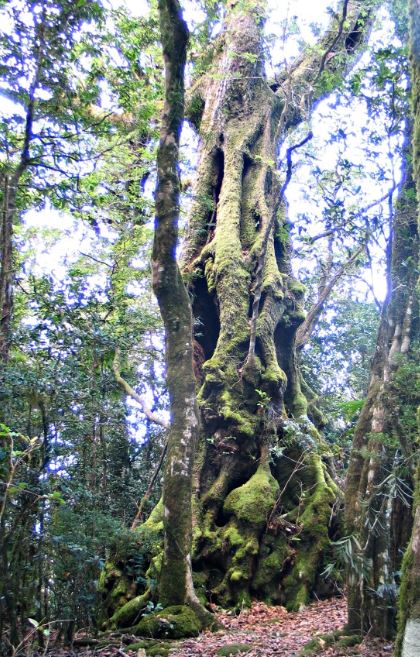No doubt like a lot of readers, especially those of you on the east coast, I had already bought myself a dust mask this time last year, well before I had ever heard of SARS-CoV-2. Over a third of NSW’s national parks burned in the 2019 – 20 summer. The fires cast a literal pall over much of Australia and, I hope, brought the effects of global warming home to all the remaining doubters.
So how has the bush been faring since then? Dorothea Mackellar was proven right once again when flooding rains poured down over late summer, and of course, much of the Australian landscape is fire tolerant and able to recover when enough moisture returns to the land.
This recovery is visible in the satellite data, which environmental scientists use to measure “leaf area.” In those parts of central and northern NSW that received heavy rain from February, around 63 percent of leaf area had returned by June.
On the other hand, the 2019 – 20 bushfires were unprecedented in their scope. They burnt into higher altitude and wetter forests that are rarely if ever hit by fire at such intensity.
These ecosystems have not fared so well. One example is the alpine ash forests of Victoria’s Alpine National Park, which were hit by fire in 2013 and 2019. They are not expected to recover, at least not as alpine ash forests.

The Gondwana rainforests of the mid- and far north coast of NSW and southern Queensland are in a similar situation. These subtropical rainforests, with an evolutionary genealogy dating all the way back to the forests of Antarctica, are made up of trees that crack and split when exposed to the heat of bushfires. One ecologist has suggested that the patches burnt into these rainforests in 2019 – 20 will eventually be filled by more fire-tolerant species.
This is part of the way the warmer and drier conditions brought on in Australia by climate change are damaging and changing the landscape as we know it. The very same thing has been occurring in Tasmania’s highlands. Forests of Tasmania pencil pine, a slow-growing conifer that can live for 1,000 years, were exposed to fire and are now struggling to survive.
The best hope for these ecosystems now lies in Washington, Tokyo and Seoul, where leaders have committed to decarbonise their economies by 2050. Next to China’s pledge to do the same by 2060, there is now at least some hope that the carbon train has an end date.